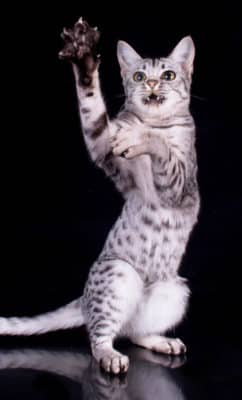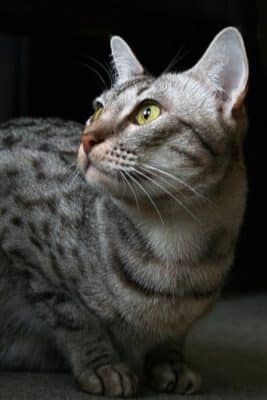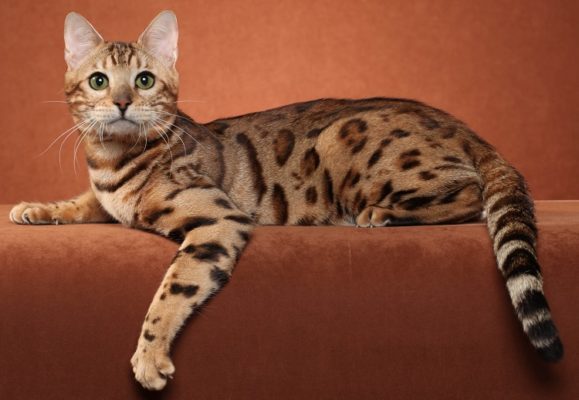Ocicat
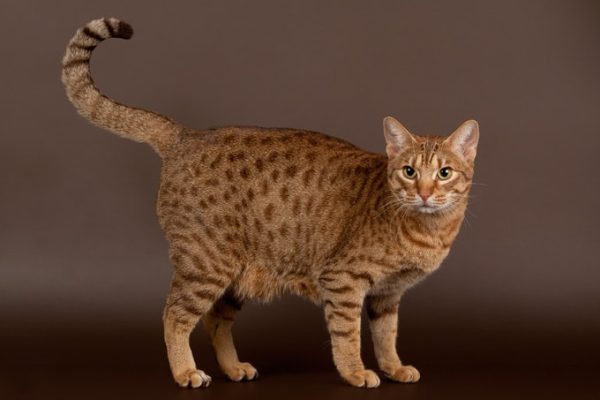
They are largely self-sufficient and strong cats; they show a wild and unrestrained temperament. They can knock over a small child in no time. Leaving a baby unattended alone with an Ocicat is traumatic. Birds are like gourmet snacks for Ocicats. We advise keeping this wild-looking cat away from small, winged pets. This breed is also often referred to as a cat-dog, and it behaves accordingly.
Table of Contents
Breed Information
| Origin | United States |
| Size | Males 27-33 cm Females 20-25 cm |
| Weight | Males 6-7 kg Females 4-5 kg |
| Fur Type | Short-haired |
| Color | Reddish-brown, chocolate, brown, blue, mauve, fawn with a spotted pattern |
| Lifestyle | Indoors |
| Lifespan | 15-18 years |
| FIFe Classification | Category III: “Short-haired and Somali” Designation of the breed – OCI |
| WCF Classification | Group 3: “Short-haired” Breed designation – OCI |
| TICA Classification | OC |
| Group | Short-haired cats, cats for apartments (docile cats), cats for allergic people (hypoallergenic) |
| Price | $700-1000 |
Breed Photos
Origin History
The Ocicat is a breed that looks a lot like the wild American ocelot cat. They look as if they would rather be in the jungle than on a soft couch in the living room. But Ocicats were not bred from wild cats; they are 100 percent domestic animals. The Ocicat owes its birth to Virginia Daisy. American cat breeders accidentally created a new breed in 1964 by crossing Siamese and Abyssinian cats. The breeder dreamed of creating an Abyssinian cat of Siamese color. But instead, she saw a spotted, ivory-colored kitten in the litter. Virginia, along with her young daughter, decided to name the kitten Ocicat after the wild ocelot. In the process of maturing, an American Shorthair was also added to the breed line; its genes gave it a silver color and a larger, much more muscular body. The result was a cat that looked as if it had just come out of the wilds! The breed was officially registered in 1987. Today, the breed is bred only in the U.S. and in several catteries in France.
Appearance
The biggest feature of the otic is its spotted coat. There is a tremendous variety of colors, including reddish-brown, chocolate, light brown, blue, mauve, yellowish-brown, and more than six variations of silver. Due to the American Shorthair genes, these cats have a very strong build. The large bones and long, glossy body of the Ocicat completes the wild domestic cat’s look.
Character
They are largely self-sufficient and strong cats; they show a wild and unrestrained temperament. They can knock over a small child in no time. Leaving a baby unattended alone with an Ocicat is traumatic. Birds are like gourmet snacks for Ocicats. We advise keeping this wild-looking cat away from small, winged pets. This breed is also often referred to as a cat-dog, and it behaves accordingly. It responds to its name, loves to play ball, and often comes to fondle itself. Ocicats love it when guests come to the house; they will never hide; on the contrary, they are happy to play and socialize.
Overall, the Ocicat is a great family pet, but it needs a lot of attention. The Ocicat is very affectionate to people and is best matched by energetic and active owners. The Ocicat’s voice is loud enough, but it will only use its full power to attract family members’ attention.
Care
The Ocicat is a healthy and hardy cat that requires little care. Representatives of this breed can safely travel, easily adapt to a new place of residence. Can survive in any conditions. Ocicats practically do not shed and can be combed out from time to time. But if you want your pet’s coat to shine, wipe it with chamois. Ocicats’ weak point is their teeth; they must be watched carefully and regularly brushed with a brush and special products. Cats are very playful so that they won’t be bored; it is advisable to buy mazes or a special tree for climbing.
Education
Ocicats are easy to raise and easy to instill the desired rules of behavior. They quickly learn feline rules and household habits. The breed is also capable of learning various tricks and commands. Teaching them to walk on a special leash is not a problem. Ocicats refer to breeds that are very fond of talking. Such loud behavior, if necessary, can be corrected with a special training system.
Common Diseases
Ocicat cats are very healthy cats that live 18 years or more if kept in optimal conditions. The Ocicat cat breed was bred by crossing three cat breeds, each with its hereditary diseases.
Also, genetic diseases can concentrate over years of selective breeding. Some Ocicat cat lines have inherited renal amyloidosis, which causes damage, dysfunction, and liver failure.
Some Siamese cat lines are also prone to liver amyloidosis. But, more seriously, it is their hereditary predisposition to such a heart disease as feline hypertrophic cardiomyopathy, which leads to the cat’s sudden death at a relatively early age.
The Ocicat is quite a healthy breed of cat, but gum and dental problems still occur. They are prone to gum inflammation, but this can be avoided by brushing their teeth regularly.
Nutrition
There are no special nutritional requirements for Ocicats. The food should be healthy and balanced – either a ready-made premium food or, in consultation with the veterinarian – meat, dairy products, porridges, vegetables, sometimes fish, and by-products.
If you want to not only pamper your beloved cat with a tasty treat but also ensure that she is perfectly healthy, active, and energetic every day, it’s hard to think of anything better than premium cat food.
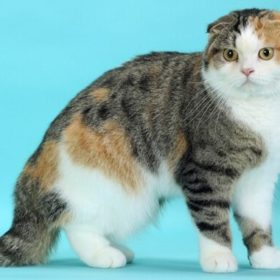 Scottish Fold
Scottish Fold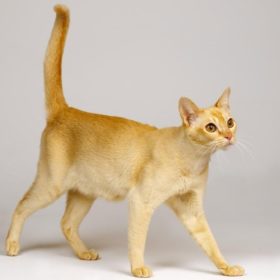 Ceylon
Ceylon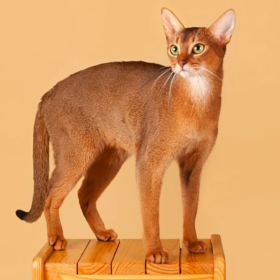 Abyssinian
Abyssinian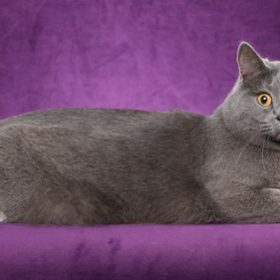 Chartreux
Chartreux Cornish Rex
Cornish Rex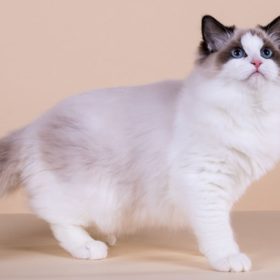 Ragdoll
Ragdoll